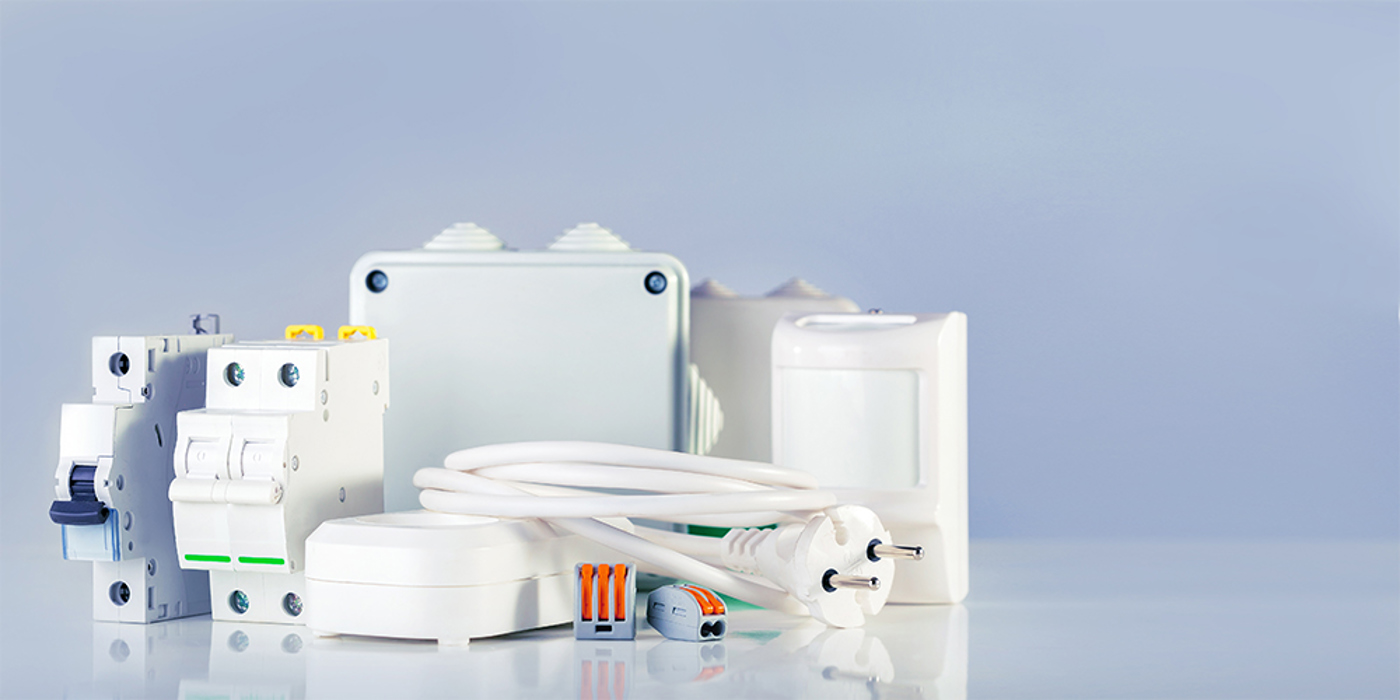Guest Post: 3 Ways Distributors Can Improve Productivity and Reduce Overhead for OEMs with Kitting

Many progressive OEMs use kitting to increase efficiency and productivity. With kitting, or prefabrication, OEMs save time, eliminate bottlenecks in production and ensure the correct quantities of stock are on-hand.
Kitting involves packing two or more similar parts or sub-assemblies together into one kit that is labeled as a single item for inventory management purposes. This can include grouping single components used together or a fabricated sub-assembly for a manufacturing task on an assembly line.
Many industrial distributors offer kitting as a value-added service for their customers, putting together components and sub-assemblies for their customers’ use. For example, distributors of hydraulic components will often fabricate sub-assemblies like hose and fittings, pumps, compressors and the like that are used by customers in the oil and gas industry.
These items are packed together for the customer’s end use and often require serial numbers to track what components were used and where the sub-assembly was manufactured. Kitting provides distributors with an additional revenue stream and elevates their level of customer service. Benefits to their customers include:
- The kitting process supports lean and just-in-time manufacturing processes and reduces the number of times operators need to handle the material at the point of use. This reduces bottlenecks in the system and therefore, takt time, the rate at which a plant must produce its product to satisfy demand.
- OEMs save time and money by centralizing components and pre-fabricating and assembling components for a product. By pre-packaging kits used for a specific task on the assembly line, OEMs can ensure that the assembly line operator has the correct parts in the right quantities, saving the operator time and allowing the production line to move at a faster pace.
- By pre-packaging items in advance that are used in the assembly process, OEMs can monitor the quantities more accurately and ensure there is enough stock to meet demand. This will reduce machine downtime due to unavailable parts.
Read the rest of Rock's guest post in Industrial Supply here.




